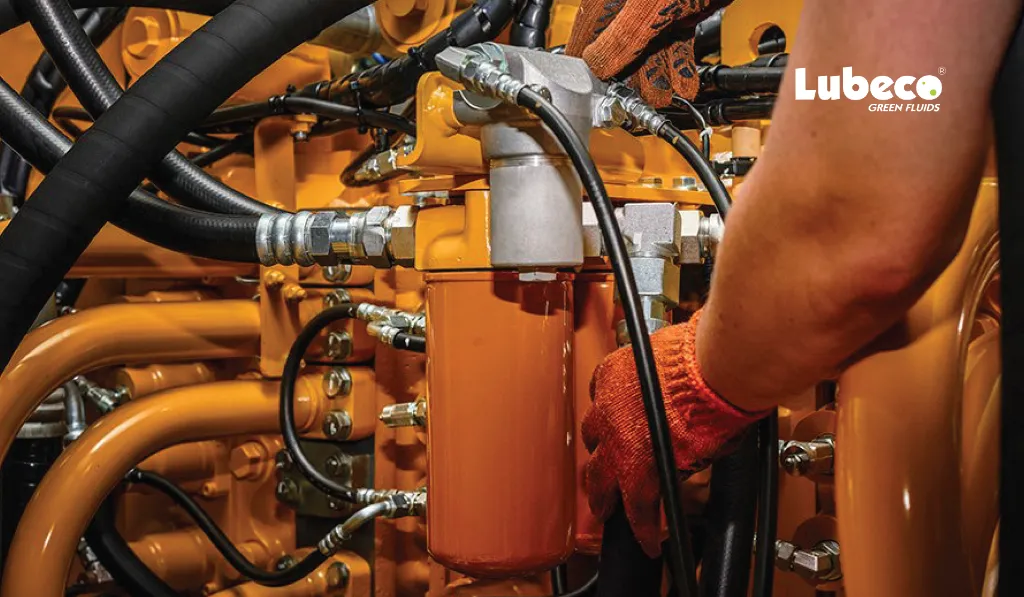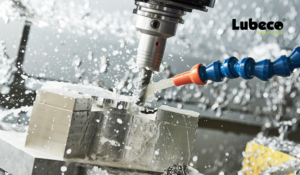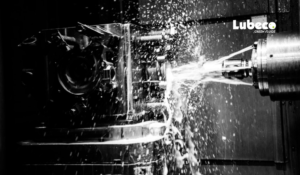If you want your machinery to be in top shape, run smoothly and have a long life, then hydraulic lubrication systems are a vital component that needs proper attention. By taking care of these systems, you can avoid wear and tear, prevent corrosion, and reduce failures. This will ensure there are no breakdowns and also save you money on costly repairs. In this blog, we’ll take a look at some of the best practices for maintaining and monitoring your hydraulic lubrication systems on a regular basis.
Maintaining Hydraulic Lubrication Systems
Hydraulic lubrication systems are key to reducing friction and wear and tear in your machinery. They also aid in preventing corrosion and heat between moving parts of any machine. However, even these systems are prone to wear and, therefore, can cause breakdowns if they are not regularly monitored and maintained. This can lead to damage in your machinery which can run up hefty bills to repair. Here are some key tips to maintain your hydraulic lubrication systems.
- Regular Inspections: Scheduled and timely inspections of the hydraulic lubrication systems ensure they catch any wear and tear or malfunction early. These systems are prone to corrosion, wear, and contamination, which can be detected early through regular checkups. Lubricant levels, filter conditions, and seal integrity will also go down over time, and regular inspections will ensure they are at optimum levels.
- Choosing the Right Lubricant: It is crucial to use the appropriate lubricant. Factors like viscosity, temperature range, and compatibility with system parts are important to consider when choosing the right lubricant. Pay attention to the machinery manufacturer’s guidelines for selecting and changing lubricants.
- Contamination Control: Use suitable filters, seals, and gaskets to prevent contaminants from entering the system. If dirt or grime enters the system, it needs to be cleaned immediately to avoid malfunctioning the lubrication system.
- Lubricant Analysis: Lubricants are also prone to contamination and wear. Regularly test the lubricant to detect signs of degradation, contamination, or wear. Based on these analyses, adjust maintenance schedules.
- Filter Maintenance: Filters are essential for keeping the system clean. They prevent dirt and debris from entering into the hydraulic lubrication system, which can hamper its performance. Clean and inspect them regularly and replace them as recommended by the manufacturer.
- Seal Maintenance: Seals prevent leaks and ensure proper system operation. Lubricants can leak through the system if seals are not properly in place. Regularly check and maintain seals to keep the system running smoothly.
- System Monitoring: Keep an eye on system performance and pressure. Sensors and monitoring tools can detect probable issues early and help to alert the maintainence team in time.
- Training and Documentation: It is important to ensure maintenance staff are well-trained in system maintenance and monitoring. Keeping detailed records of all maintenance activities, including inspections, lubricant changes, and filter replacements, can help the staff keep proper track. This ensures there are no misses in scheduled activities.
Monitoring Hydraulic Lubrication Systems
Proper monitoring of hydraulic lubrication systems is essential to prevent breakdowns and failures, damage to machinery, and increased equipment life. Here are some key areas to monitor to ensure your hydraulic lubrication systems are in top shape.
- Pressure Monitoring
Checking the pressure within the hydraulic system is one of the most crucial tasks. Pressure gauges and sensors can help detect any discrepancies from the normal operating pressure. Any such deviation is an early sign of potential issues. By tracking system pressure, maintenance teams can identify and resolve problems before they lead to system failure.
- Temperature Monitoring
Another critical aspect of monitoring is keeping an eye on the system’s temperature. The hydraulic system’s operating temperature must be continuously monitored. This can be done using temperature sensors and gauges. Abnormal temperature readings can mean overheating or inadequate lubrication. Early detection of temperature discrepancies allows maintenance staff to take corrective actions in a timely manner.
- Vibration Monitoring
Vibration monitoring is another way to detect mechanical issues within the hydraulic system. Vibration sensors and gauges can track unusual patterns in the system’s vibrations. Identifying unusual patterns may indicate wear, misalignment, or other mechanical problems. Addressing these issues early can prevent more serious failures and increase the equipment’s lifespan.
- Lubricant Level Monitoring
An adequately lubricated hydraulic system is fundamental to the machinery’s smooth operation. Lubricant level sensors and gauges provide real-time data on the lubricant levels within the system. By monitoring these levels, maintenance teams can ensure that the system remains properly lubricated, preventing friction and wear that can lead to system breakdowns.
- System Performance Monitoring
Overall system performance monitoring involves tracking various parameters to ensure the hydraulic system operates efficiently and reliably. Performance monitoring software, along with various sensors, can provide detailed information on the system’s health. Data on pressure, temperature, vibration, and lubricant levels can be segregated using this software. By integrating these data points, maintenance teams can gain a comprehensive view of the system’s performance, allowing them to detect and address potential issues well in time before they escalate into major and costly problems.
Conclusion
Effective monitoring of hydraulic lubrication systems is important for maintaining machinery performance and preventing failures that cut a hole in your pockets. By consistently tracking pressure, temperature, vibration, lubricant levels, and overall system performance, maintenance teams can identify and address potential issues early. Implementing these best practices ensures that hydraulic systems operate smoothly, reliably, and efficiently, ultimately reducing downtime and maintenance costs.








